Home>Garden Essentials>Ground Cover: How Far Apart
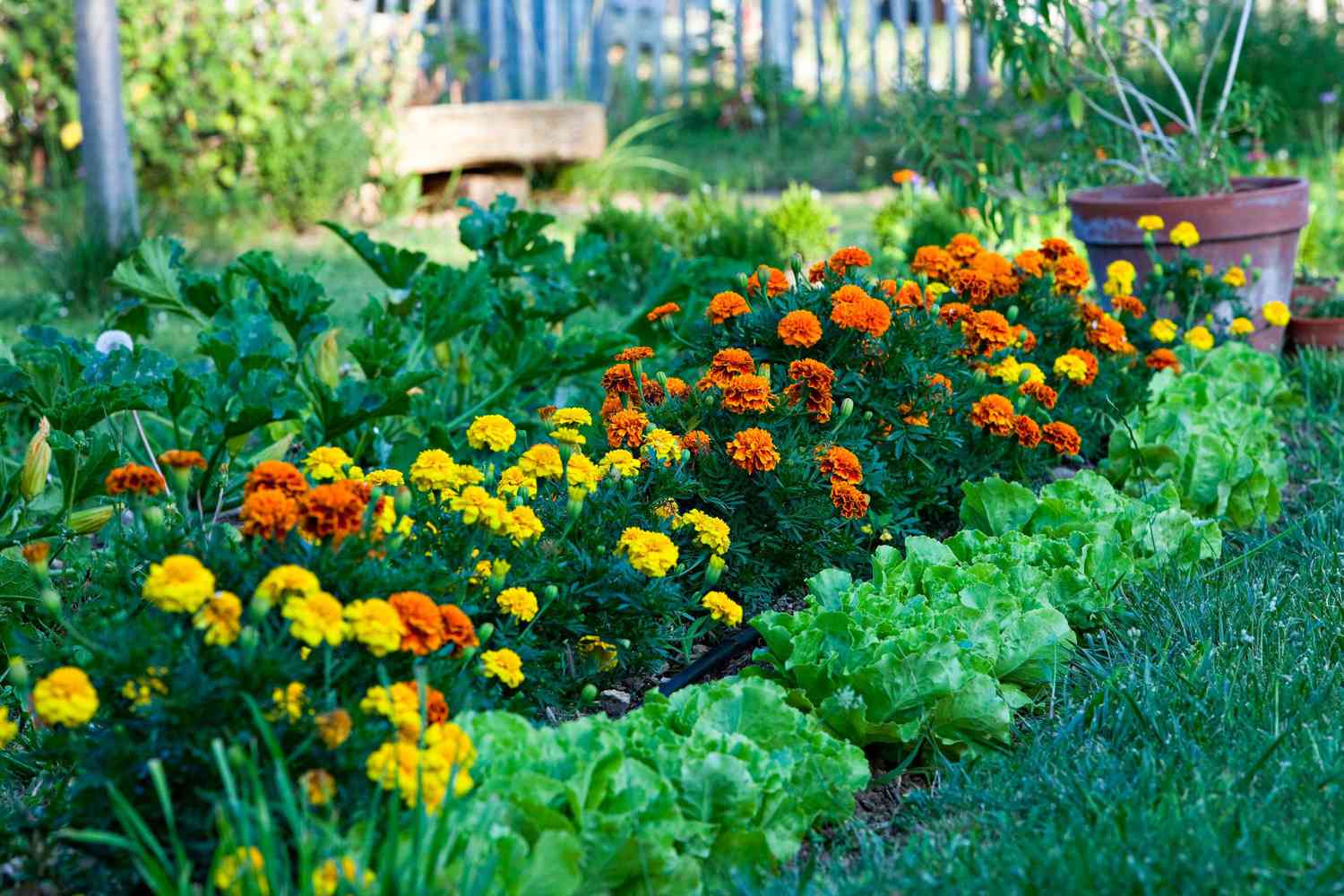

Garden Essentials
Ground Cover: How Far Apart
Modified: March 27, 2024
Looking to create a garden? Discover the importance of spacing your ground cover plants properly and maximize your garden's beauty and growth potential.
(Many of the links in this article redirect to a specific reviewed product. Your purchase of these products through affiliate links helps to generate commission for Storables.com, at no extra cost. Learn more)
Introduction
When it comes to creating a well-designed and thriving garden, one of the fundamental aspects to consider is the spacing of your ground cover plants. Whether you’re designing a flower bed, a rock garden, or a lush green lawn, understanding how far apart to plant different types of ground cover is essential for their health and growth.
Spacing ground cover correctly not only ensures proper airflow, sunlight, and water distribution, but it also allows plants to establish their root systems without competing for resources. With the right spacing, you can create a visually appealing landscape that is easy to maintain and retains its beauty for years to come.
In this article, we will explore the reasons why spacing is important, the factors to consider when spacing ground cover, recommended spacing for different types of ground cover, the benefits of proper spacing, common mistakes to avoid, and tips for effectively spacing ground cover plants. By the end, you’ll have a solid understanding of how to create a well-spaced garden that thrives and delights.
Key Takeaways:
- Proper spacing of ground cover plants is crucial for their health and beauty. It ensures they have enough room to grow, access sunlight and nutrients, and reduces the risk of diseases.
- When spacing ground cover plants, consider factors like growth habit, plant size, and maintenance needs. Proper spacing promotes healthy growth, reduces weed growth, and enhances the visual appeal of your garden.
Why Spacing is Important
The spacing of ground cover plants plays a crucial role in their overall health and vitality. Proper spacing allows each plant to receive adequate amounts of sunlight, water, and nutrients, reducing competition and ensuring optimal growth. Here are a few key reasons why spacing is so important:
- Air circulation: Proper spacing allows for better air circulation around each plant, preventing the buildup of moisture and reducing the risk of diseases such as fungal infections. Good airflow also helps to strengthen the plants’ stems and leaves, making them more resistant to damage.
- Light distribution: Spacing plants appropriately ensures that each plant receives an adequate amount of sunlight. Sun is crucial for photosynthesis, the process by which plants convert light into energy. Insufficient sunlight can lead to weak or stunted growth, while overcrowded plants may shade each other, limiting their access to sunlight.
- Water management: Proper spacing allows for efficient water management, preventing overwatering or underwatering of plants. When plants are too close to each other, they can create a canopy effect that blocks rainwater or irrigation from reaching the soil. Conversely, if plants are spaced too far apart, water may be wasted as it spreads across a larger area and fails to reach the plant’s root system.
- Nutrient absorption: Each plant requires a sufficient amount of nutrients to thrive. Proper spacing ensures that plants have access to the necessary nutrients present in the soil. When plants are densely packed, they can deplete the soil of nutrients more quickly, leading to nutrient deficiencies and poor plant health.
- Visual appeal: Spacing ground cover plants properly can significantly enhance the overall aesthetic of your garden. When plants have enough space to grow and spread, their individual features become more prominent, creating a visually pleasing and well-balanced landscape. Properly spaced plants also allow for easier maintenance tasks, such as pruning and weeding.
By understanding the importance of spacing and implementing proper techniques, you can ensure that your ground cover plants thrive and create a beautiful, healthy garden space. In the next section, we will discuss the factors to consider when determining the appropriate spacing for different types of ground cover plants.
Factors to Consider When Spacing Ground Cover
When determining the spacing for ground cover plants, it’s important to take several factors into consideration. These factors will help you determine the appropriate distance between plants and ensure their optimal growth and health. Here are some key factors to consider:
- Growth habit: Different ground cover plants have varying growth habits, such as spreading, clumping, or trailing. Understanding the growth habit of each plant is crucial in determining the spacing. For example, spreading plants, like creeping thyme or ivy, may require wider spacing to allow room for their lateral growth, while clumping plants, like mondo grass, may be spaced closer together.
- Plant size: Consider the mature size of each plant when determining spacing. Larger plants will naturally require more space to grow and spread. Take into account both the height and width of the plants to avoid overcrowding and allow them to reach their full potential.
- Watering needs: Some ground cover plants have higher water requirements than others. Plants that need more water may benefit from being spaced slightly closer together to create a microclimate with increased humidity. Conversely, plants that prefer drier conditions should be spaced farther apart to allow for proper air circulation and drying of the soil.
- Soil fertility: The fertility of your soil can impact the spacing of ground cover plants. If you have nutrient-rich soil, plants may grow more vigorously and require additional space to prevent overcrowding. On the other hand, in poorer soil conditions, spacing plants closer together can help create a denser coverage and reduce the competition for nutrients.
- Maintenance requirements: Consider the maintenance tasks associated with each plant when determining spacing. Plants that require regular pruning, like certain varieties of juniper or boxwood, may need to be spaced slightly farther apart to allow for easy access and maintenance. On the other hand, low-maintenance plants can be spaced more closely to create a fuller ground cover.
- Overall garden design: Think about the desired aesthetic and function of your garden. Consider how the ground cover plants will interact with other elements, such as shrubs, trees, or pathways. Plan for proper spacing to create a balanced and visually appealing landscape.
By taking these factors into account, you can make informed decisions about spacing that will promote healthy growth and maximize the beauty and functionality of your ground cover plants. In the next section, we will discuss the recommended spacing for different types of ground cover plants.
Recommended Spacing for Different Types of Ground Cover
When it comes to spacing ground cover plants, there is no one-size-fits-all approach. The specific spacing requirements will depend on the type of ground cover you are using. Here are some general guidelines for spacing different types of ground cover:
- Creeping plants: Creeping ground cover plants, such as Creeping Thyme or Creeping Jenny, typically require spacing between 6 to 12 inches (15 to 30 cm) apart. This allows them to fill in the gaps and create a dense carpet-like effect over time.
- Spreading plants: Spreading ground cover plants, like Ivy, Pachysandra, or Vinca, need a bit more room to grow. They should be spaced around 12 to 18 inches (30 to 45 cm) apart to allow for their lateral growth and to avoid overcrowding.
- Clumping plants: Clumping ground cover plants, such as Mondo Grass or Liriope, can be spaced between 6 to 10 inches (15 to 25 cm) apart. These plants tend to grow in tight clumps, so they can be placed closer together to create a more concentrated ground cover effect.
- Trailing plants: Trailing ground cover plants, such as Sagina or Corsican Mint, have a cascading growth habit and can spread rapidly. These plants should be spaced around 12 to 24 inches (30 to 60 cm) apart to allow for their trailing branches to spread and drape gracefully.
- Grass-like plants: Grass-like ground cover plants like Blue Fescue or Carex can be spaced between 6 to 12 inches (15 to 30 cm) apart. These plants form clumps but have slender foliage, so they can be placed closer together for a more dense ground cover.
- Native ground covers: When using native ground cover plants, it’s important to research their specific spacing requirements. Native plants have unique growth habits and may require different spacing than non-native species. Consult local gardening resources or native plant experts for recommendations.
Remember that these are general guidelines, and you should always consider the specific needs and growth habits of each plant. It’s also important to adjust spacing based on the desired coverage and visual effect you want to achieve.
Before planting, it’s a good idea to measure and mark out the spacing on the ground using stakes or flags to ensure accuracy and consistency. This will help you visualize the final result and make adjustments if needed.
In the next section, we’ll explore the benefits of proper spacing for ground cover plants.
When planting ground cover, space the plants about 6-12 inches apart to allow them room to spread and fill in the area. This will help create a dense and uniform ground cover.
Benefits of Proper Spacing
Proper spacing of ground cover plants offers numerous benefits that contribute to their overall health and the success of your garden. Here are some key advantages of ensuring the correct spacing:
- Healthy growth: By providing adequate spacing, each ground cover plant has room to grow and develop a strong root system. This promotes healthier overall growth and reduces the risk of stunted or weakened plants.
- Optimal resource utilization: With proper spacing, ground cover plants have access to necessary resources such as sunlight, water, and nutrients. This enables them to thrive without competing excessively for these essential resources.
- Improved air circulation: Adequate spacing allows for better air circulation between plants, reducing the risk of fungal diseases that thrive in damp and stagnant environments. Improved airflow also contributes to stronger stems and healthier foliage.
- Reduced weed growth: When ground cover plants are spaced correctly, they create a dense cover that helps suppress weed growth by blocking sunlight and reducing available space for weeds to establish.
- Easier maintenance: Proper spacing makes maintenance tasks such as pruning, weeding, and fertilizing easier. It ensures easier access to plants, allowing for efficient maintenance while minimizing damage to neighboring plants.
- Enhanced aesthetic appeal: Well-spaced ground cover plants create a visually pleasing landscape. Each plant can showcase its unique features, and the arrangement of plants appears balanced and harmonious.
- Long-term sustainability: Proper spacing ensures the long-term sustainability of your garden. As plants grow and mature without overcrowding, they are more likely to remain healthy and vibrant for years to come.
- Reduced water usage: By spacing ground cover plants appropriately, you can optimize water usage. Each plant receives its fair share of water without wastage, leading to efficient irrigation practices and water conservation.
By considering the benefits of proper spacing and implementing appropriate spacing techniques, you can create a healthier, low-maintenance garden that showcases the beauty of your ground cover plants. However, it’s important to be aware of common mistakes that people often make when spacing ground cover, which we will discuss in the next section.
Read more: How Far Apart Are Ceiling Studs
Common Mistakes When Spacing Ground Cover
When it comes to spacing ground cover plants, there are some common mistakes that gardeners often make. These mistakes can hinder the growth and overall health of the plants, leading to a less desirable garden. Here are a few common mistakes to be aware of:
- Overcrowding: One of the biggest mistakes is planting ground cover plants too closely together. Overcrowding restricts the plants’ access to sunlight, airflow, and nutrients, leading to weakened growth and increased risk of disease.
- Underestimating plant size: It’s crucial to consider the mature size of the ground cover plants when spacing them. Underestimating the plant size can result in overcrowding as the plants grow larger than expected, causing them to struggle for space and resources.
- Ignoring growth habit: Each ground cover plant has its own growth habit, whether it is spreading, clumping, or trailing. Ignoring the specific growth habit can lead to improper spacing, which may result in plants not achieving their full potential or invasive spreading into other areas.
- Inconsistent spacing: Inconsistency in spacing between plants can create an uneven and unbalanced appearance in your garden. Aim for consistent spacing to create a cohesive and visually appealing ground cover.
- Failing to consider maintenance requirements: Some ground cover plants require more intensive maintenance, such as regular pruning or dividing. Failing to consider these maintenance requirements when spacing plants can make these tasks challenging or even impossible without disturbing other nearby plants.
- Neglecting the soil fertility: Soil fertility plays a vital role in plant growth. Neglecting to consider soil fertility when spacing plants can result in overcrowding or nutrient deficiencies. Adjust spacing based on the quality and fertility of your soil.
By being mindful of these common mistakes, you can avoid compromising the health and beauty of your ground cover plants. Next, we’ll provide some valuable tips for effective ground cover spacing.
Tips for Effective Ground Cover Spacing
Proper spacing of ground cover plants is essential for their health and the overall aesthetics of your garden. To ensure effective ground cover spacing, consider the following tips:
- Research and plan: Before planting, research the specific spacing requirements for each type of ground cover you intend to use. Take into account their growth habit, size, and maintenance needs. Plan the layout of your garden accordingly, considering the available space and desired coverage.
- Measure and mark: Use measuring tools and stakes to mark the desired spacing on the ground before planting. This will help you maintain consistency and accuracy as you space out your plants.
- Consider long-term growth: Anticipate the mature size of the ground cover plants and provide enough space to accommodate their growth. This will prevent overcrowding and ensure the plants have enough room to reach their full potential.
- Spacing for coverage: If your goal is to achieve quick coverage over a large area, you may space the plants slightly closer together. However, be cautious not to overcrowd them to the point where they become unhealthy and compete for resources.
- Balance between air circulation and coverage: Find the right balance between providing enough space for good air circulation and creating a dense ground cover. Allow for adequate airflow to prevent diseases, while still achieving the desired coverage and visual effect.
- Maintain consistency: Aim for consistent spacing between plants to create a uniform and pleasing appearance. This will contribute to the overall balance and harmony of your garden.
- Observe and adjust: Regularly observe the growth and development of your ground cover plants. If you notice overcrowding or signs of nutrient deficiencies, consider adjusting the spacing or thinning out certain plants to provide better growing conditions.
- Plan for maintenance: Consider the maintenance requirements of the ground cover plants when spacing them. Leave enough space around each plant to ensure easy access for pruning, weeding, and other maintenance tasks.
- Consult local resources: Seek guidance from local gardening resources, nurseries, or experts to obtain specific advice on spacing for ground cover plants that are well-suited to your region and climate.
By following these tips, you can achieve effective ground cover spacing, creating a visually appealing and healthy garden space. Remember that adjusting spacing based on the specific needs of your plants and regularly assessing their growth will contribute to long-term success.
To wrap up, let’s summarize the key points covered in this article.
Conclusion
Proper spacing of ground cover plants is a crucial aspect of creating a thriving and visually appealing garden. By considering factors such as growth habit, size, maintenance requirements, and the overall design of your garden, you can determine the appropriate spacing for each type of ground cover. Avoid common mistakes like overcrowding or neglecting to account for plant size, and aim for consistent spacing to create a balanced and harmonious landscape.
The benefits of proper spacing are numerous. Ground cover plants that are spaced correctly have improved air circulation, optimal access to sunlight and nutrients, reduced weed growth, and easier maintenance. They also contribute to the long-term sustainability of your garden and enhance its aesthetic appeal.
To achieve effective ground cover spacing, conduct research, measure and mark the spacing, consider long-term growth, and maintain a balance between air circulation and coverage. Regular observation and adjustment, as well as consultation with local gardening resources, will help you fine-tune your spacing techniques for optimal results.
Remember, the goal of spacing ground cover plants is to create an environment where each plant can thrive and contribute to the overall beauty and health of your garden. By implementing these spacing techniques, you’ll be well on your way to cultivating a stunning ground cover that brings joy and satisfaction for years to come.
Frequently Asked Questions about Ground Cover: How Far Apart
Was this page helpful?
At Storables.com, we guarantee accurate and reliable information. Our content, validated by Expert Board Contributors, is crafted following stringent Editorial Policies. We're committed to providing you with well-researched, expert-backed insights for all your informational needs.

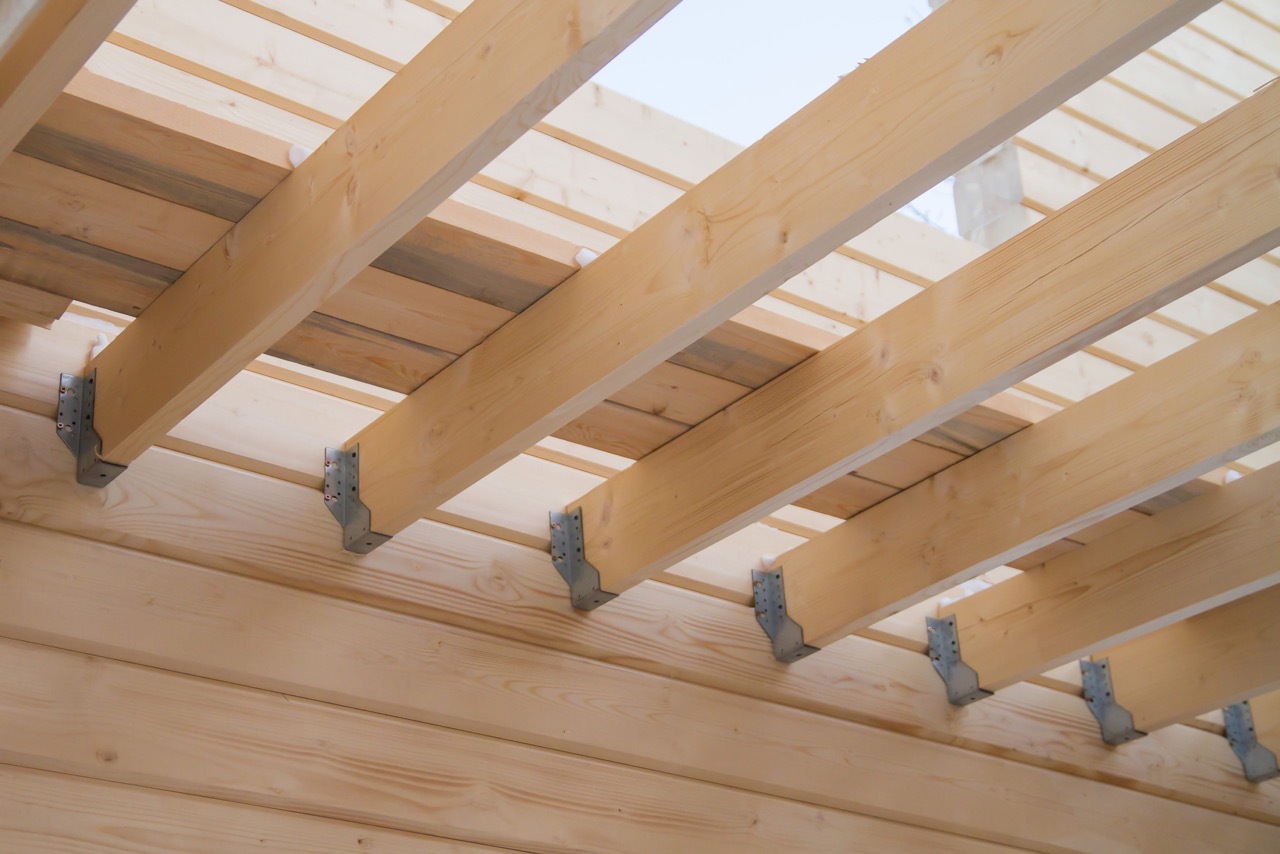
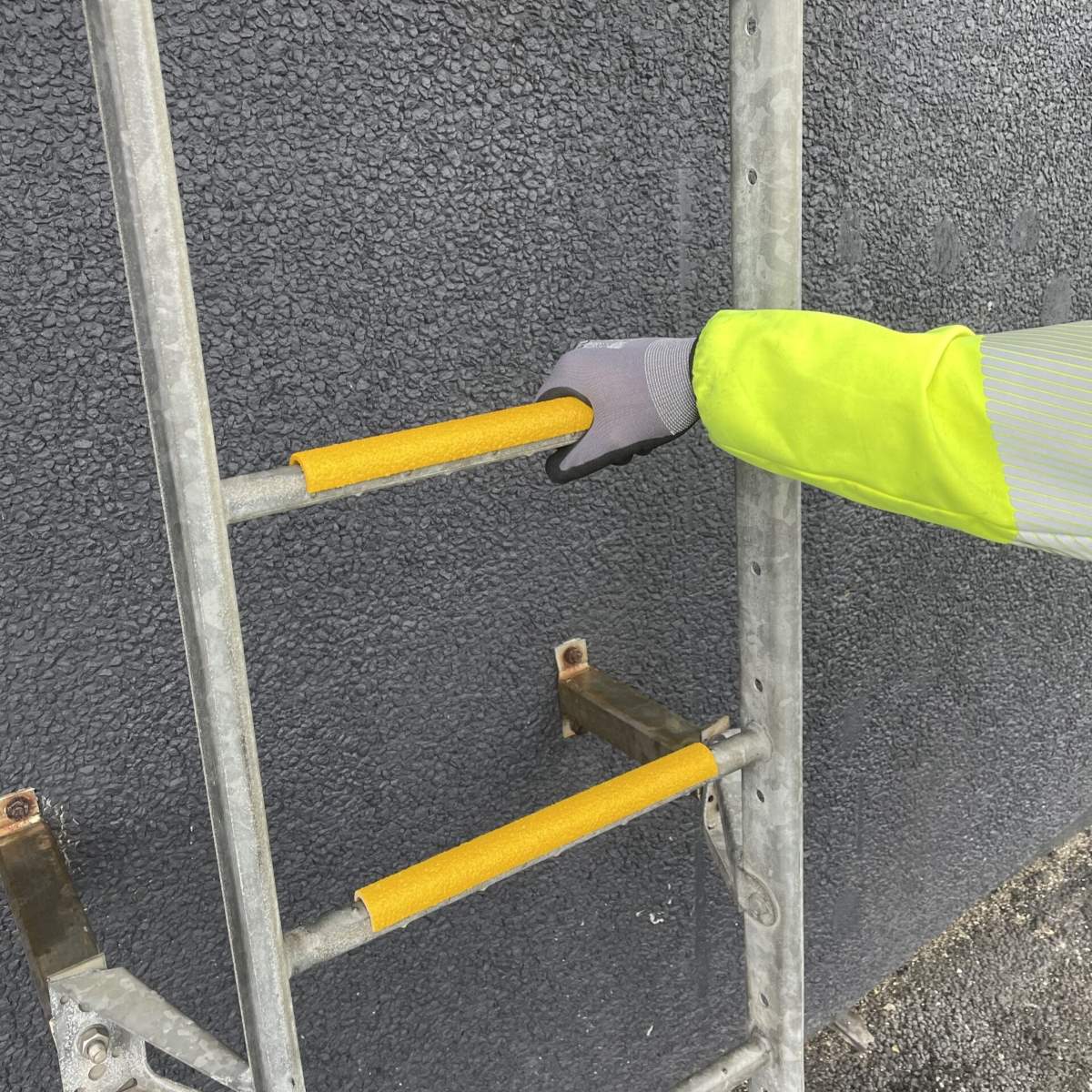
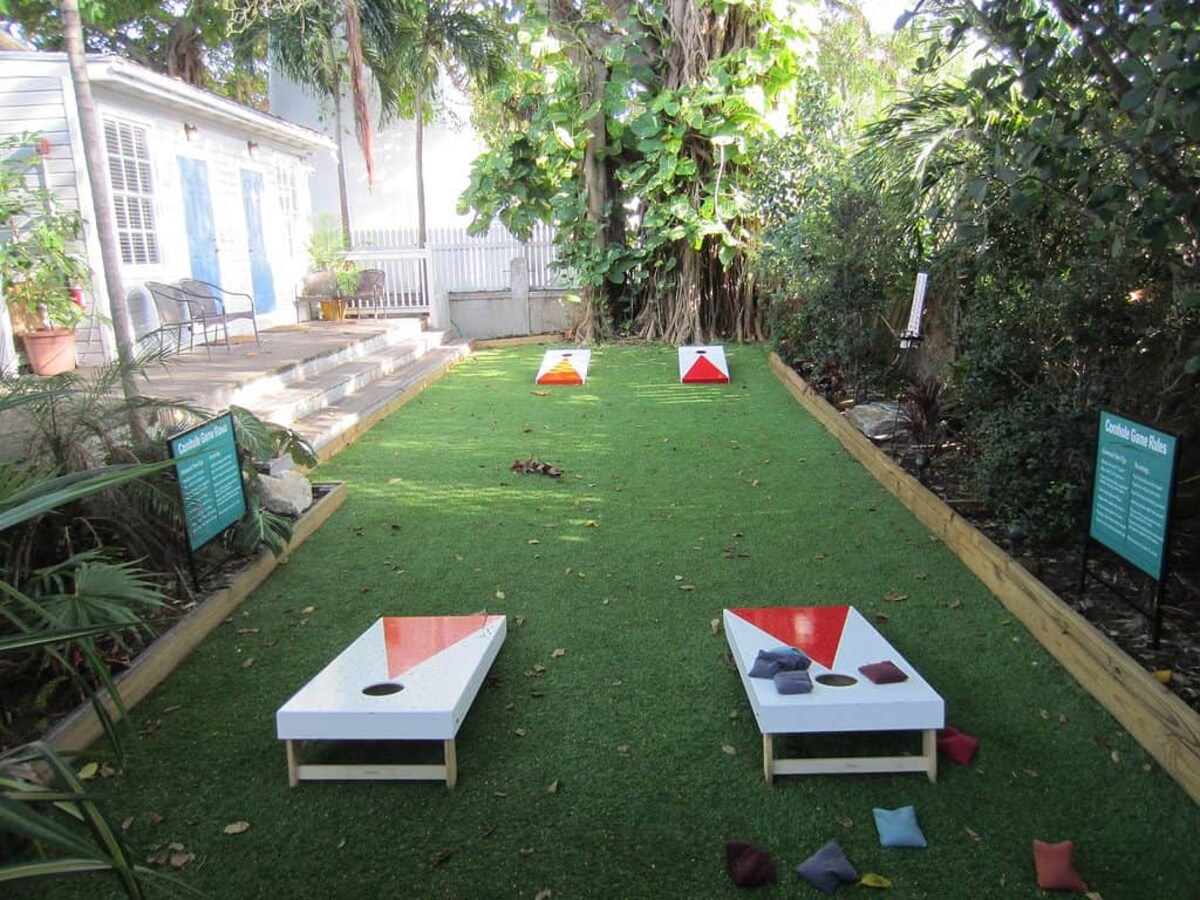
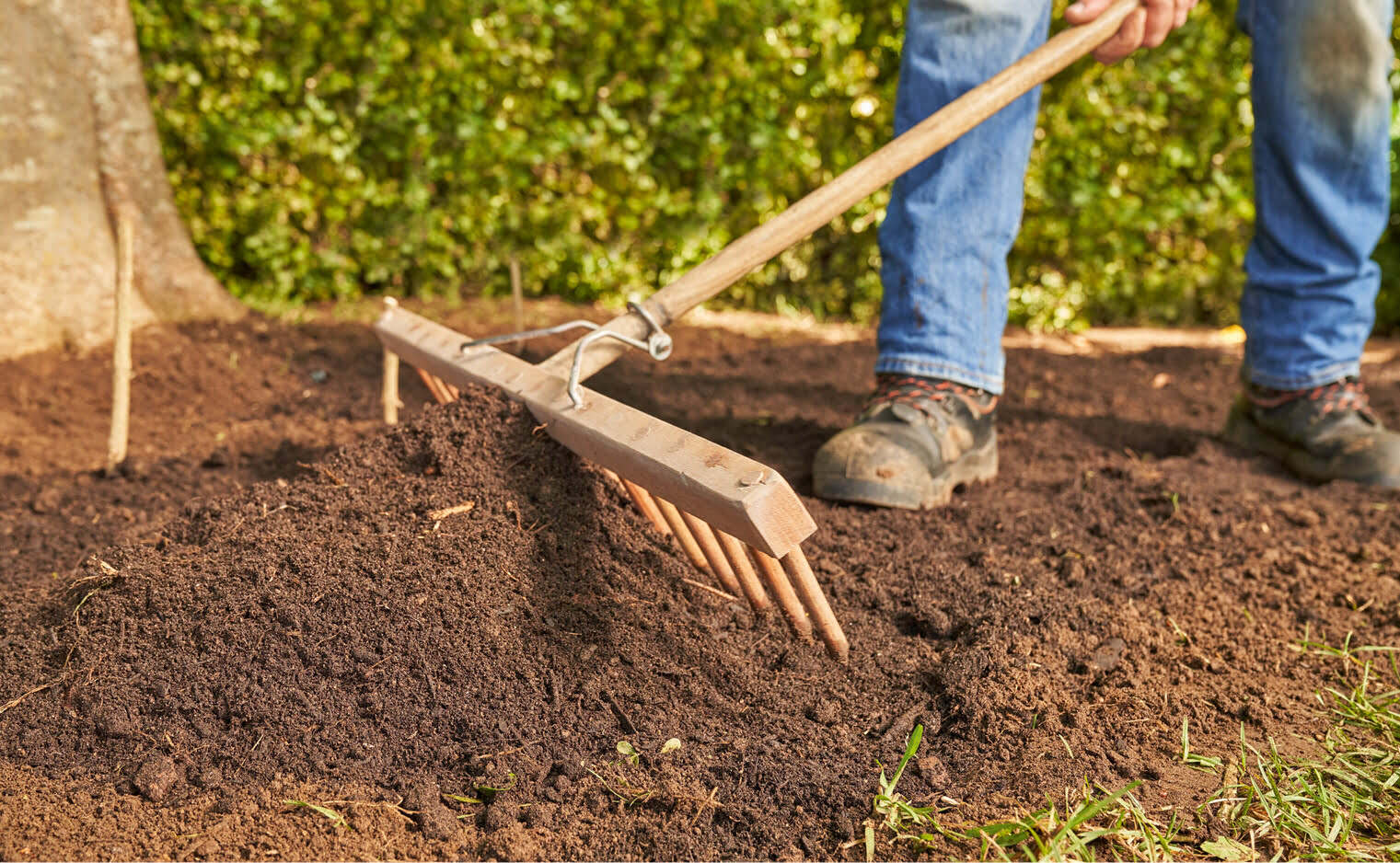


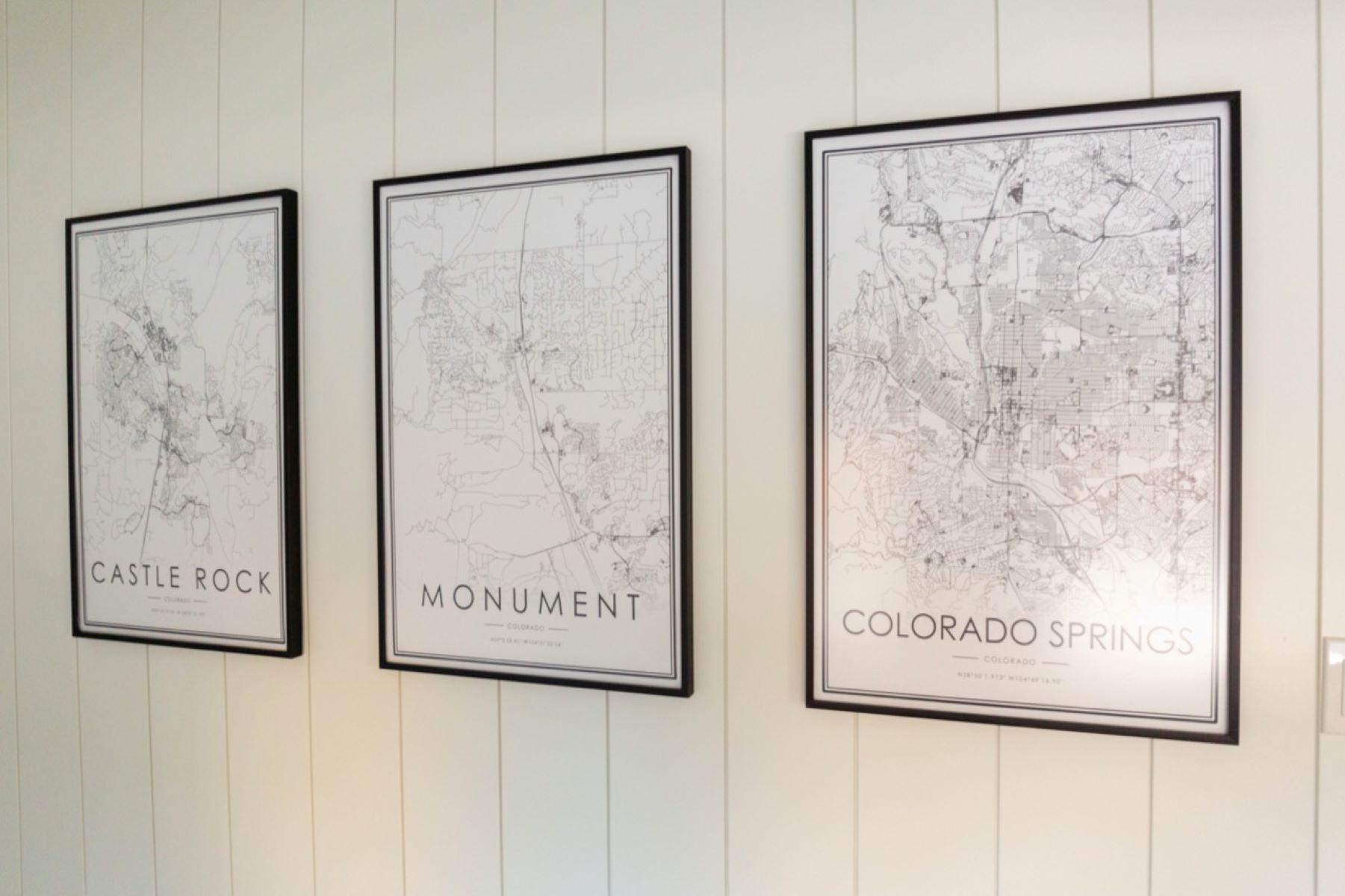

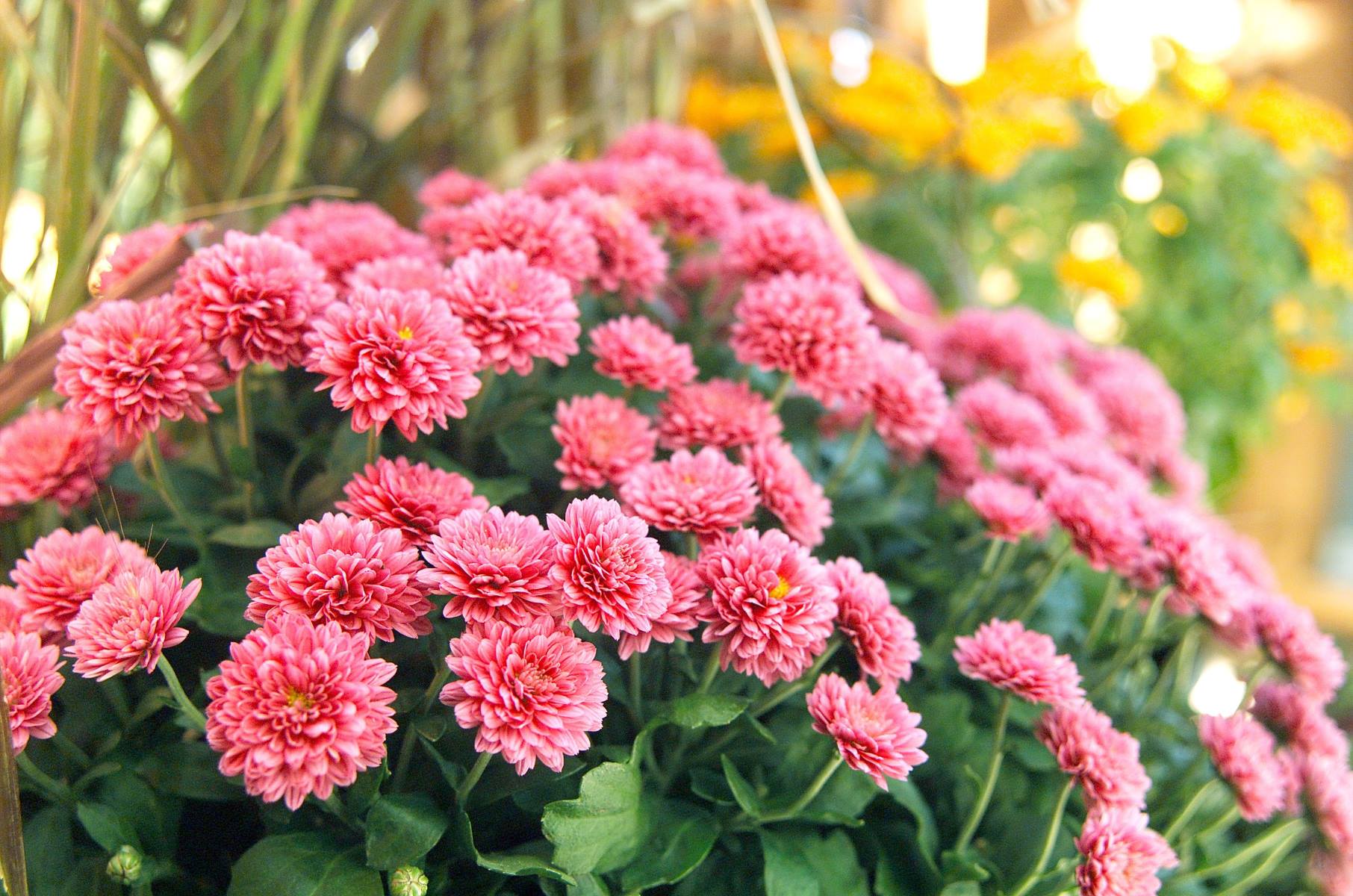
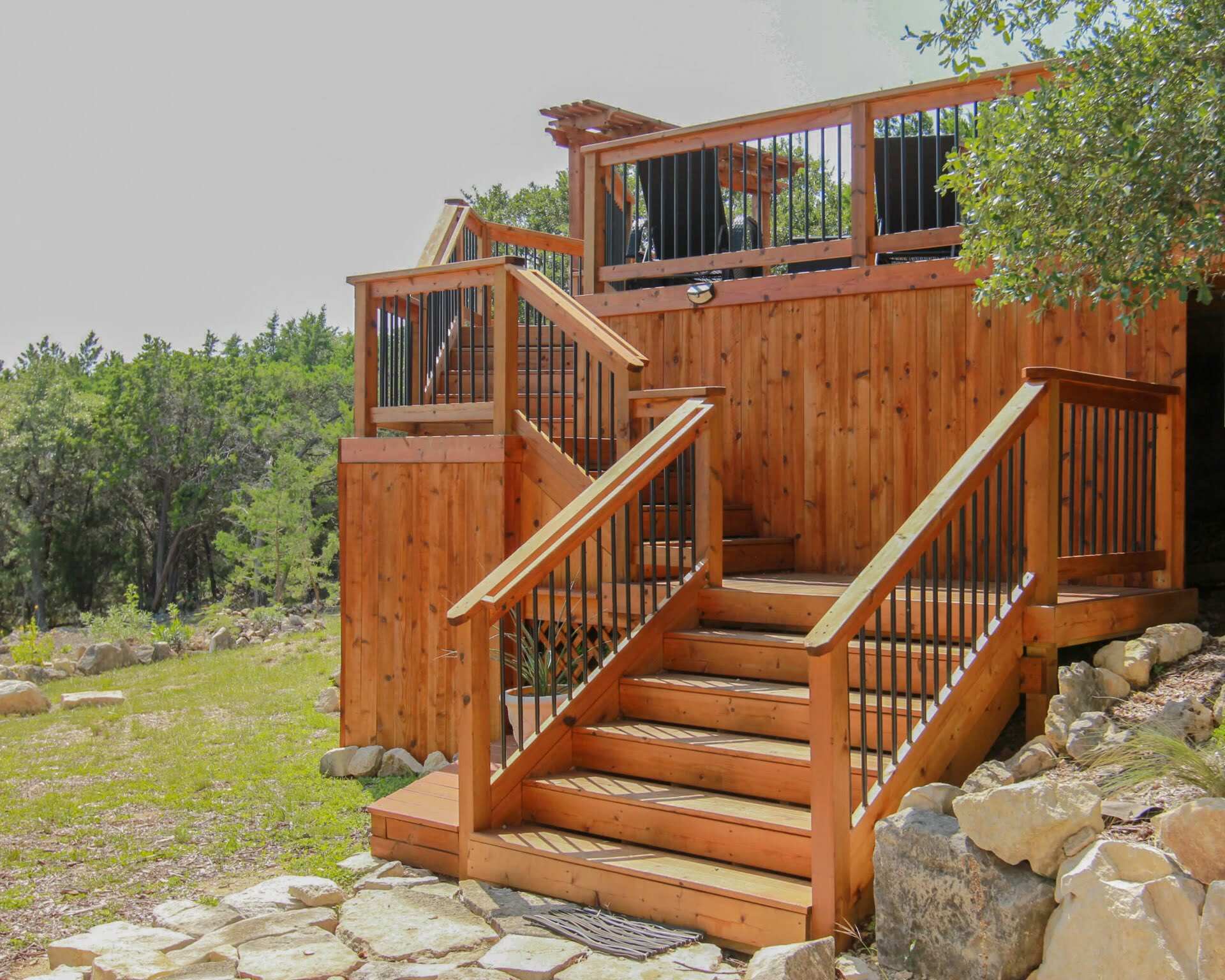
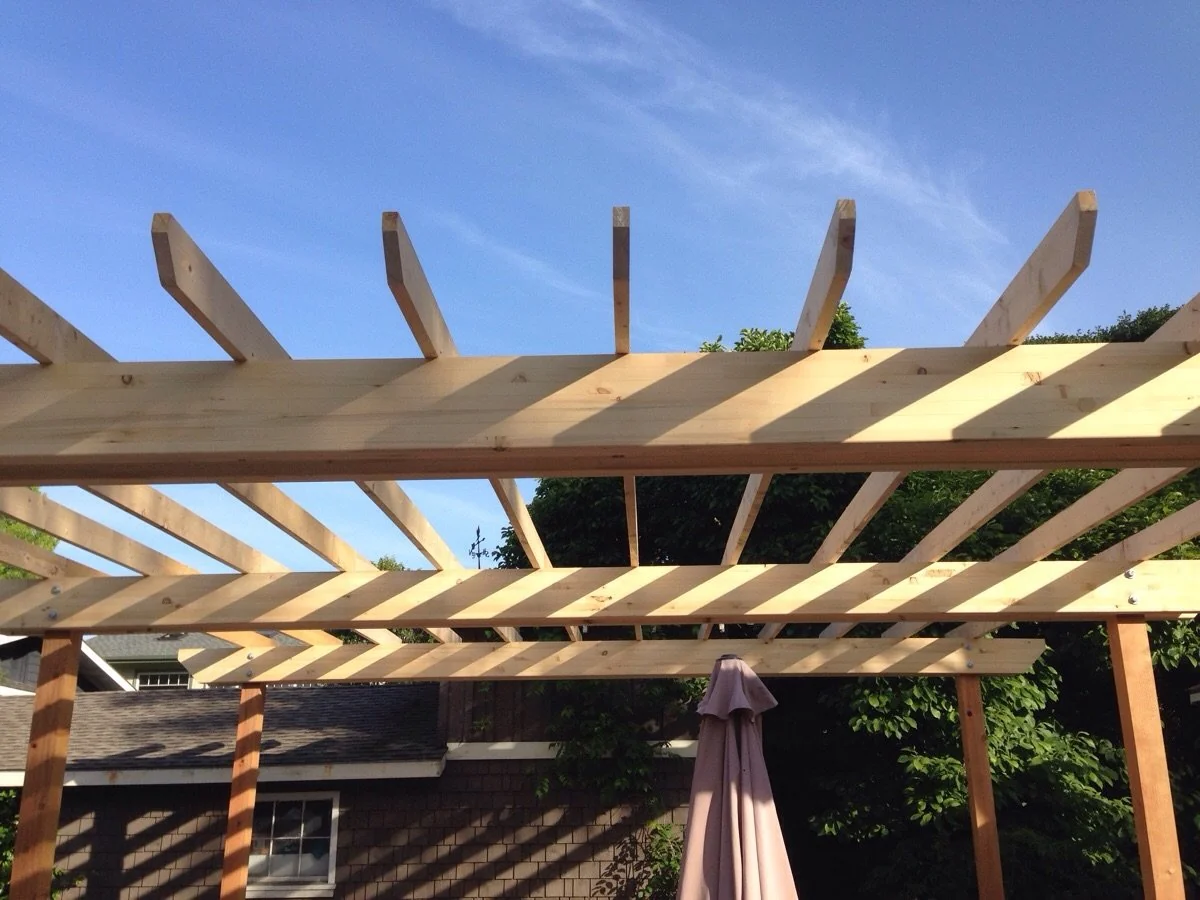
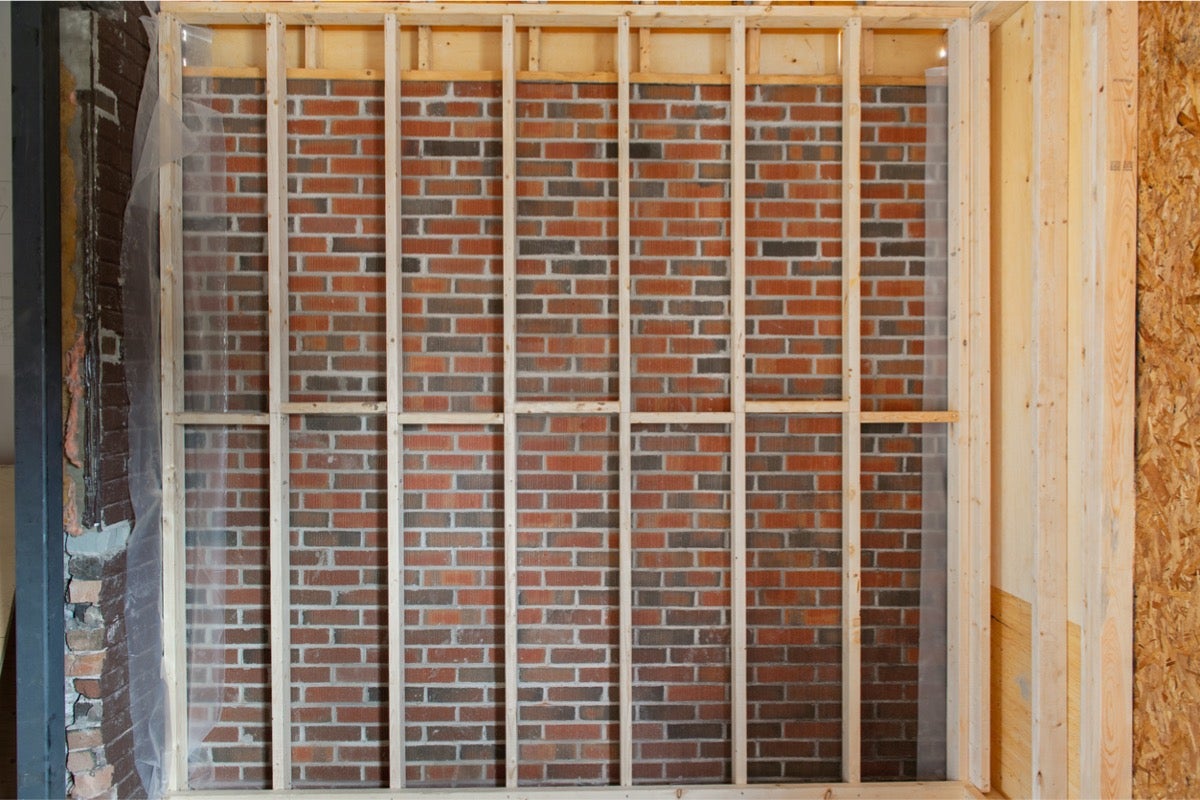


0 thoughts on “Ground Cover: How Far Apart”